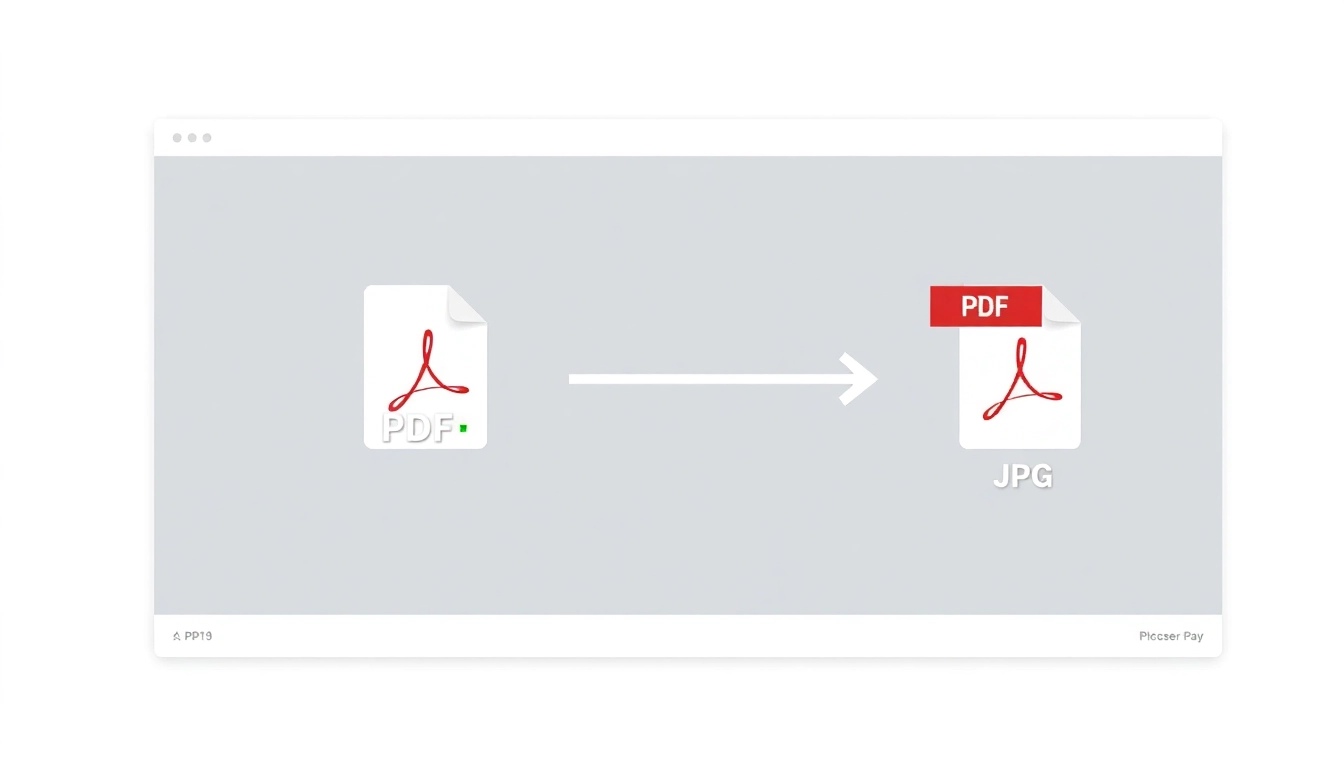Understanding Thermal Management Materials
As electronic devices become increasingly compact and powerful, effective heat management has emerged as a critical consideration in design and manufacturing. The increase in heat generated by high-performance devices necessitates the use of dedicated thermal management materials, which serve to dissipate heat efficiently, thereby maintaining optimal performance and extending the lifespan of electronic components. This article delves into the essence of thermal management materials, their types, applications across various industries, innovations in technology, and best practices for selecting and implementing these materials in your designs.
What Are Thermal Management Materials?
Thermal management materials encompass a diverse range of products engineered to control and dissipate heat from electronic components and devices. They act as conduits for heat transfer, minimizing thermal resistance between components and effectively directing heat away from sensitive areas. These materials are critical for ensuring that electronic devices operate within safe temperature thresholds, thereby preventing overheating, performance degradation, and potential failure.
The Importance of Heat Management
Heat management in electronics is paramount for several reasons:
- Performance Optimization: Excessive heat can lead to a significant decline in performance, affecting factors such as processing speed and operational capability.
- Reliability and Lifespan: Overheating can drastically shorten the life of electronic components, increasing failure rates and maintenance costs.
- Safety Considerations: Elevated temperatures can pose safety risks, including fire hazards, particularly in compact and densely packed electronic assemblies.
- Regulatory Compliance: Many industries have regulatory requirements regarding thermal performance, necessitating the use of suitable thermal management solutions.
Types of Thermal Management Materials
The landscape of thermal management materials is vast and varied, with options tailored to specific applications and performance needs. Here are some key categories:
Thermal Interface Materials (TIM)
TIMs bridge the gap between hot components and heat sinks, enhancing thermal transfer. Examples include thermal pastes, pads, and gels, each offering unique benefits depending on the application.
Phase Change Materials (PCMs)
PCMs absorb and release thermal energy during phase transitions, making them ideal for applications requiring stable temperature regulation. They are particularly effective in environments with fluctuating heat loads.
Thermal Conductive Adhesives
These adhesives not only bond components but also provide efficient heat transfer, allowing for better thermal management in various electronic assemblies.
Gap Fillers
Gap fillers are designed to fill voids between components and substrates, ensuring optimal thermal contact and improving heat dissipation efficiency.
Heat Spreaders and Heat Sinks
Heat spreaders distribute heat across a larger surface area, while heat sinks, typically made from metals like aluminum or copper, directly dissipate heat into the surrounding environment.
Applications of Thermal Interface Materials
Thermal management solutions find applications in a multitude of industries. The demand for enhanced thermal performance drives innovation and implementation of these materials, particularly in sectors experiencing rapid technological advancements.
Industries Utilizing Thermal Management Solutions
Some of the key industries benefiting from thermal management materials include:
- Consumer Electronics: Smartphones, laptops, and gaming consoles are designed with advanced thermal management solutions to maintain performance and user comfort.
- Automotive: With the rise of electric vehicles (EVs), effective thermal management has become essential for battery performance and longevity.
- Aerospace: The extreme temperatures experienced in aerospace applications necessitate the development of sophisticated thermal management systems.
- Industrial Equipment: Heat-intensive machinery and power electronics utilize thermal materials to ensure efficient operation and safety.
Real-World Applications of Thermal Management Materials
Various applications showcase the necessity and efficacy of thermal management materials:
Smartphone Manufacturing
Modern smartphones incorporate thermal pads and conductive adhesives to manage heat from processors and batteries, ensuring longevity and user comfort.
Electric Vehicles
PCMs are increasingly implemented in EV batteries to maintain optimal operating temperatures during charging and discharging cycles, enhancing performance and safety.
LED Lighting
LEDs generate substantial heat that can affect brightness and lifespan. Thermal management solutions such as heat sinks are utilized in LED fixtures to boost performance and operational reliability.
Case Studies: Success Stories
In various sectors, successful implementation of thermal management materials has resulted in improved product performance and safety:
Case Study 1: EV Battery Cooling
A leading automotive manufacturer adopted phase change materials in their EV battery systems, allowing optimal thermal regulation. This innovation led to a 25% increase in battery life and reliability.
Case Study 2: Electronics Packaging
A tech company implemented a combination of gap fillers and thermal interface materials in their high-performance computing systems, achieving a significant reduction in thermal resistance and an increase in overall system performance by 30%.
Choosing the Right Thermal Management Products
Selecting appropriate thermal management materials requires careful consideration of multiple factors. An understanding of specific needs is essential to optimize device performance and reliability.
Factors to Consider When Selecting Materials
When choosing thermal management products, consider the following factors:
- Thermal Conductivity: The material’s ability to conduct heat significantly influences performance. Higher thermal conductivity materials are generally preferred for high-performance applications.
- Thickness and Compression: Ensure the material’s thickness allows for proper fitting between components while maintaining good thermal contact under compression.
- Operating Environment: Consider the application’s temperature range, humidity, and exposure to chemicals or mechanical stress that may impact material performance.
- Ease of Application: Materials that are easy to apply, such as thermal pastes or adhesives, can simplify assembly processes and reduce manufacturing time.
Evaluating Performance Metrics
To ascertain the suitability of thermal management materials, it is crucial to evaluate performance metrics, including:
- Thermal Resistance: Measured in degrees Celsius per watt (°C/W), this metric indicates the material’s resistance to heat flow.
- Operating Temperature Range: Understanding the temperature limits of the materials ensures compatibility with application requirements.
- Durability: Assess the lifespan and reliability of the materials under expected operating conditions to avoid premature failures.
Common Mistakes to Avoid in Material Selection
It is essential to avoid common pitfalls in selecting thermal management materials to ensure optimal performance:
- Ignoring Temperature Specifications: Selecting materials without understanding the temperature requirements can lead to inadequate performance.
- Overlooking Application Conditions: Failing to consider external factors such as moisture or mechanical stress can compromise material integrity.
- Neglecting Testing: Skipping rigorous testing can result in unforeseen issues, emphasizing the need for comprehensive evaluation before production.
Innovations in Thermal Management Technologies
The thermal management industry is witnessing rapid technological advancements, driven by the need for improved efficiency and sustainability.
Emerging Trends in Heat Dissipation Materials
Recent innovations in thermal management include:
- Graphene-Based Materials: Employing graphene in thermal solutions offers remarkable thermal conductivity and mechanical strength, revolutionizing the industry.
- Advanced PCMs: The development of smart phase change materials capable of dynamic response to heat fluctuations is paving the way for more adaptable thermal management solutions.
- Flexible Thermal Solutions: The rise of flexible and lightweight materials caters to compact electronic devices, ensuring efficient heat management without adding bulk.
Comparison of Traditional vs. Advanced Materials
Traditional thermal materials, such as silicone-based greases and standard thermal pads, have served well in various applications. However, advancements in material science have led to the emergence of innovative alternatives that significantly outperform conventional options. For example, while traditional materials often struggle with heat resistance and mechanical stability under high temperatures, modern composites and nanomaterials deliver superior thermal properties and extended lifespans. Additionally, advanced materials often exhibit enhanced flexibility, making them suitable for a broader range of designs and applications.
Future Developments and Insights
The future of thermal management materials appears promising, with ongoing research focused on developing eco-friendly options that minimize environmental impact. Advances in nanotechnology and material synthesis will likely yield new materials with unmatched thermal properties, enabling even more compact and efficient designs in electronic devices.
Maximizing Thermal Efficiency in Your Designs
To create high-performance electronic devices, maximizing thermal efficiency is key. This process involves implementing best practices, optimizing designs, and performing thorough testing.
Best Practices for Implementing Thermal Management
Here are essential practices to enhance thermal management:
- Employ Proper Material Selection: Choose materials based on comprehensive testing and evaluation for each application’s specific requirements.
- Optimize Component Placement: Position components to promote effective airflow and heat dissipation, reducing thermal buildup.
- Incorporate Heat Spreaders and Sink Designs: Utilize well-designed heat sinks and spreaders to maximize heat removal efficiency.
Optimizing Layout and Design for Thermal Functionality
The layout of electronic circuits plays a crucial role in thermal management. Best practices include:
- Maintain Adequate Spacing: Ensure sufficient space between heat-generating components to allow for heat dissipation and airflow.
- Use Thermal Simulation Tools: Leverage simulations during the design phase to analyze thermal behavior, helping identify potential hot spots and mitigations.
Measuring and Testing Thermal Performance
Measuring thermal performance is vital for ensuring that thermal management materials function effectively. Employ techniques like:
- Thermal Imaging: Use thermal cameras to detect heat distribution and identify areas requiring improvements.
- Conductivity Testing: Test the thermal conductivity of materials to verify their performance and alignment with specifications.




